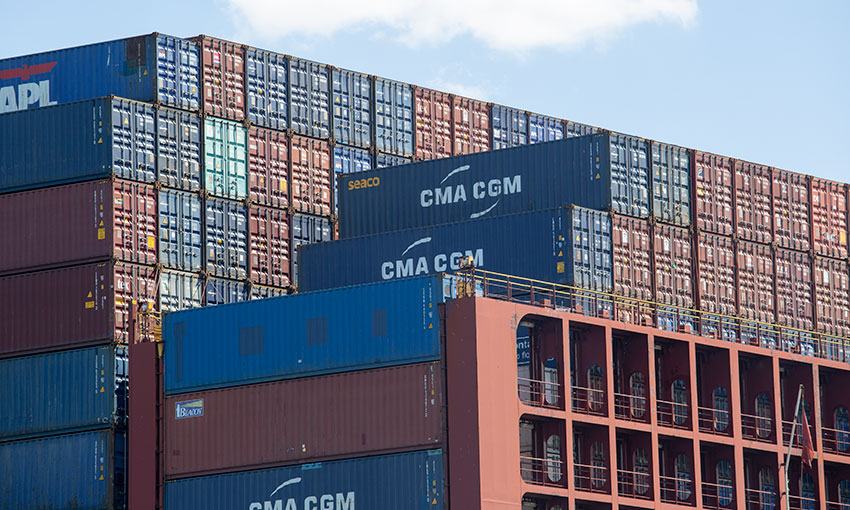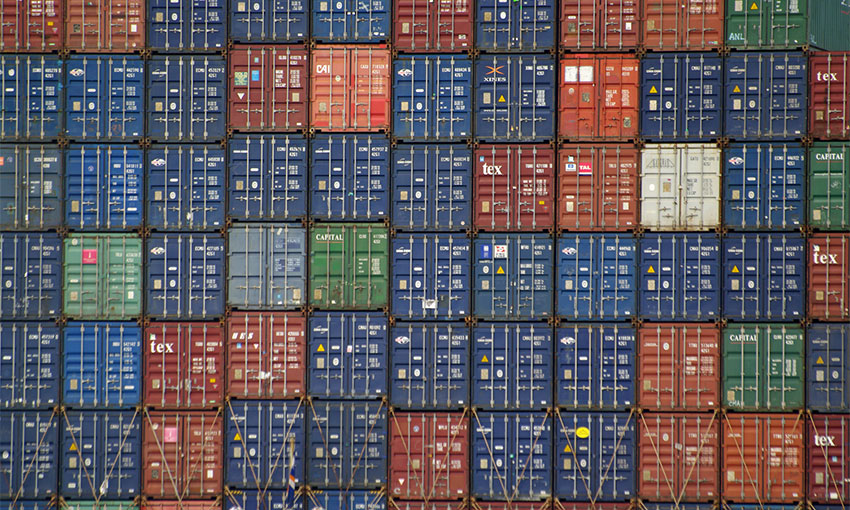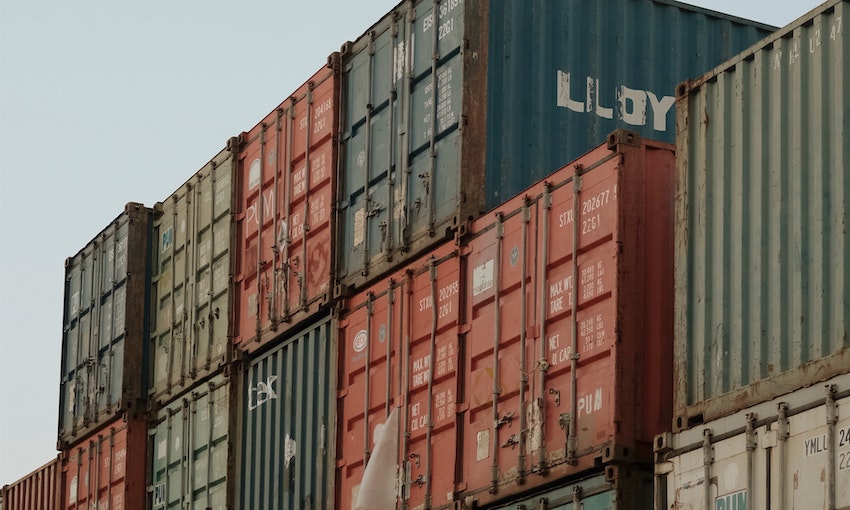CURRENT measures of competitiveness in the global liner shipping market are incomplete and therefore inaccurate, according to the Container Shipping Market Quarterly Review for the first quarter of this year. The report was prepared by MDS Transmodal in collaboration with the Global Shippers Forum.
GSF represents shippers and cargo owners that engage in international trade – in other words, the customers of the container shipping industry.
In a media statement, GSF said the measures of competitiveness used in other reports on the market fail to take full account of the degree of co-operation between carriers. This co-operation, it says, results in a “more highly concentrated industry, to the serious detriment of shippers worldwide”.
While GSF didn’t make the Container Shipping Market Quarterly Review available to DCN in time to be included in this article, GSF said it proposed a modified measure of competitiveness in the global liner shipping market.
The HHI
GSF’s statement claims “competition authorities until now have relied on traditional but incomplete tools to assess the level of concentration across trades, most commonly the Herfindahl–Hirschman Index (HHI)”.
The United States Department of Justice defines the HHI as a “commonly accepted measure of market concentration”. The DOJ says the HHI is calculated by squaring the market share from each firm competing in the market, then summing the resulting numbers.
The DOJ points out that the HHI takes into account the relative size distribution of the companies within a market. The index gets closer to zero when a market is occupied by a large number of firms of relatively equal size. The HHI gets to its maximum, 10,000 points, when a market is controlled by a single firm.
The DOJ said markets with the HHI between 1500 and 2500 are moderately concentrated, with anything more than 2500 being highly concentrated.
The main disadvantage of the HHI is that in its simplicity, it doesn’t take into account some market complexities.
The GSF statement about its report said the HHI does not take into consideration the full extent of co-operation between shipping lines permitted under block exemptions and other provisions that provide protection from anti-trust action.
The media statement from the GSF appears to rely heavily on a paper published in February called Alternative approaches to measuring concentration in liner shipping by Olaf Merk and Antonella Teodoro from Maritime Economics & Logistics.
“New approaches to measuring competition in liner shipping should take the reality of consortia into account, because the emergence of consortia is not simply a development that takes place in parallel with industry consolidation, but has arguably its own dynamics and could – in combination with consolidation – have more profound impacts than traditional indicators, or other metrics such as the reduction of the number of shipping companies could capture,” Merk and Teodoro state in their paper.
The authors then applied a modified HHI that takes shipping line consortia into account, and the structure of partial ownership that is inherent in such consortia. And, the authors concluded that concentration is higher when consortia are taken into account in this way.
“Our calculations of modified Herfindahl–Hirschman Index (MHHI) indexes that take consortia into account show that industry concentration is higher when consortia are taken into account: for example on the trade corridor Northern Europe-North America East Coast, the MHHI has reached the threshold of 2500 points, despite an HHI score of around 1500,” the authors wrote.
FMC report erroneous?
In the GSF’s media statement, it points to the US Federal Maritime Commission’s Fact Finding Investigation 29 report, in which the ocean freight watchdog said historically high freight rates were not the result of collusion among ocean carriers.
The GSF said the FMC report “does not yet provide a complete picture, as the report maintains the liner trades serving the USA can be characterised as exhibiting ‘vigorous competition’ because their HHI has been measured at below 2500 points”.
GSF then called on the FMC and other competition authorities to use the “more accurate” modified HHI measure in assessing the container shipping market.
GSF director James Hookham said the “breakthrough analysis” lays bare the degree of dominance that many shipping lines actually have in the key global trades.
“Current measures of market concentration are only seeing part of the picture. Not only are there consortia operations within the three main alliances, the number of separate consortia that exist consisting of lines from different alliances is also significant,” he said.
“Competition authorities should urgently revise their measures of competition to reflect the reality of the container shipping market and ensure they capture the full extent and effects of shipping line co-operation, as experienced by shippers.
The GSF said a lack of, or reduction in the levels of competition, leads directly to poor service quality for shippers. This is borne out by other findings in its review.
“The number of port calls achieved (in comparison with those scheduled) fell to 68%, the lowest level recorded since this analysis began in 2020 and, though capacity lost through skipped ports in Europe declined in Q1 2022, it continued to rise in both Asia and Australia with shippers consequently suffering from further export delays,” GSF said in its statement.



